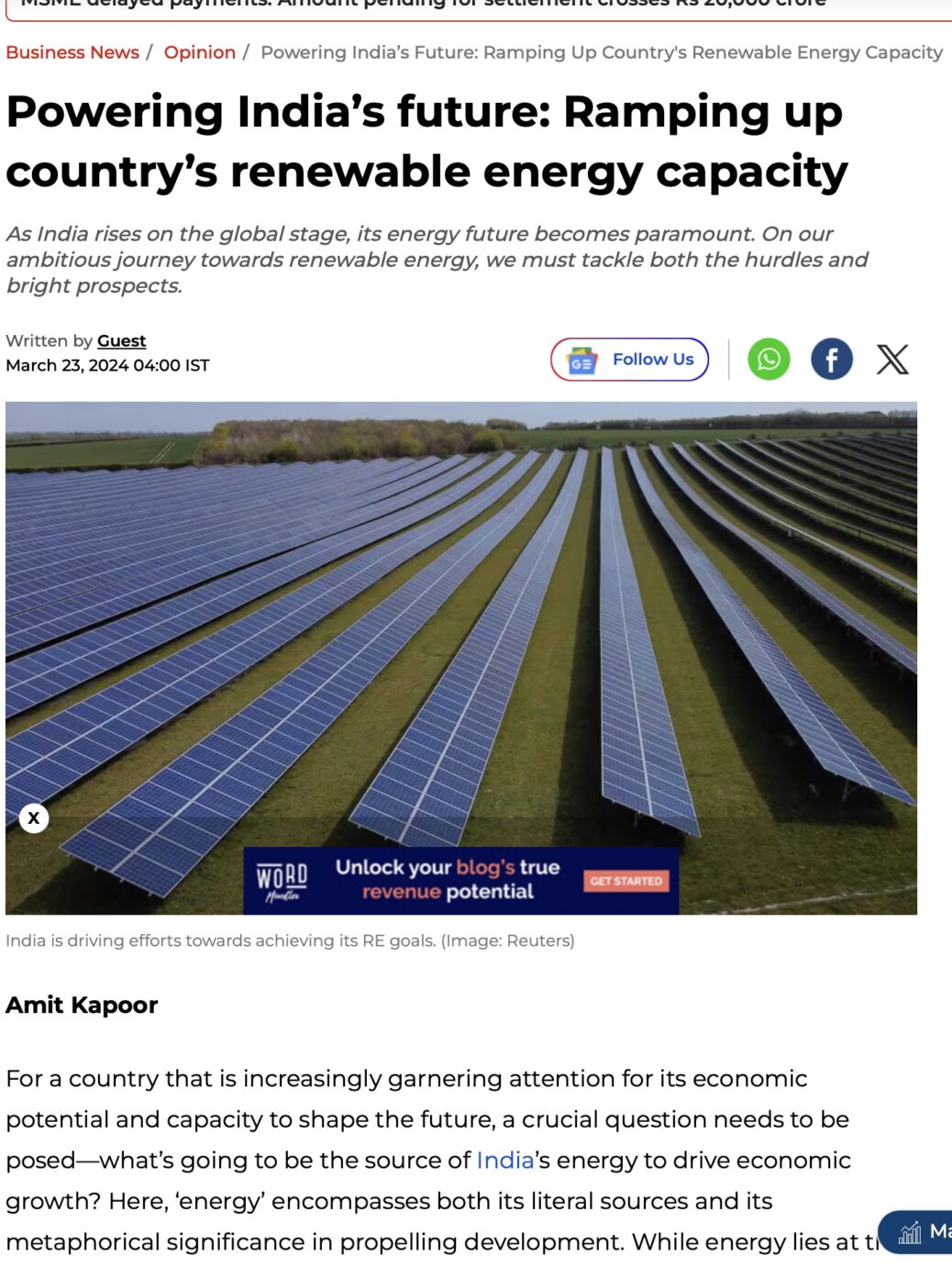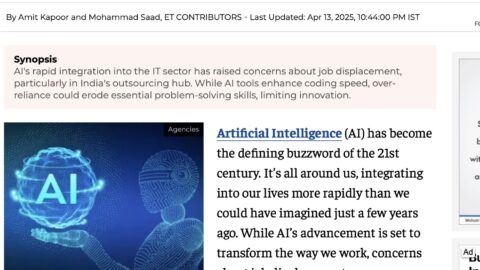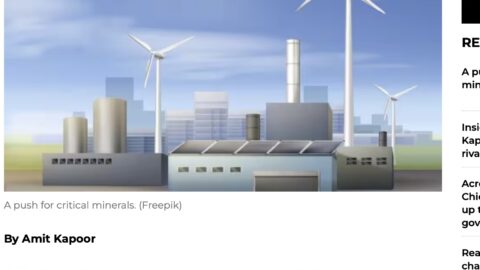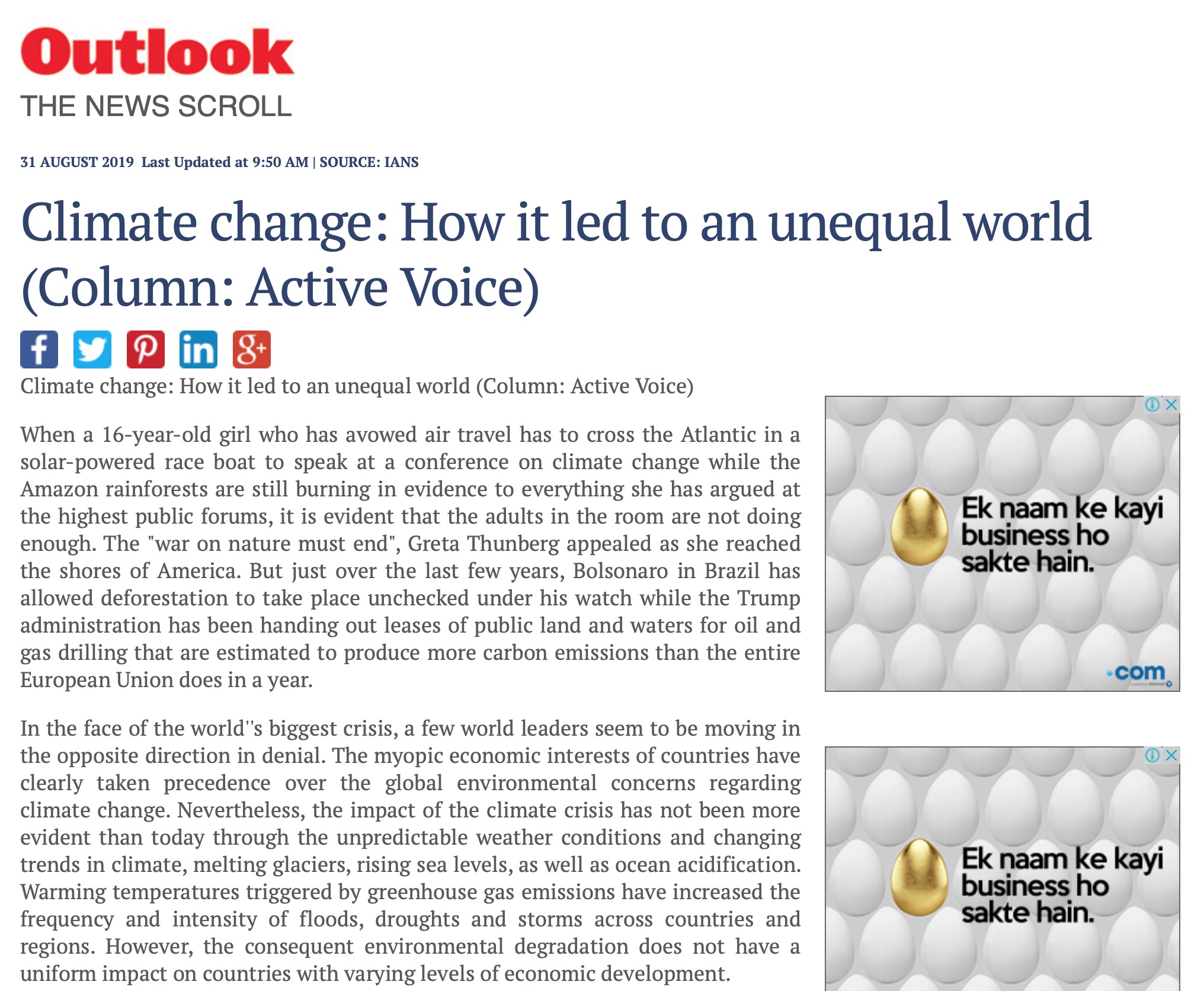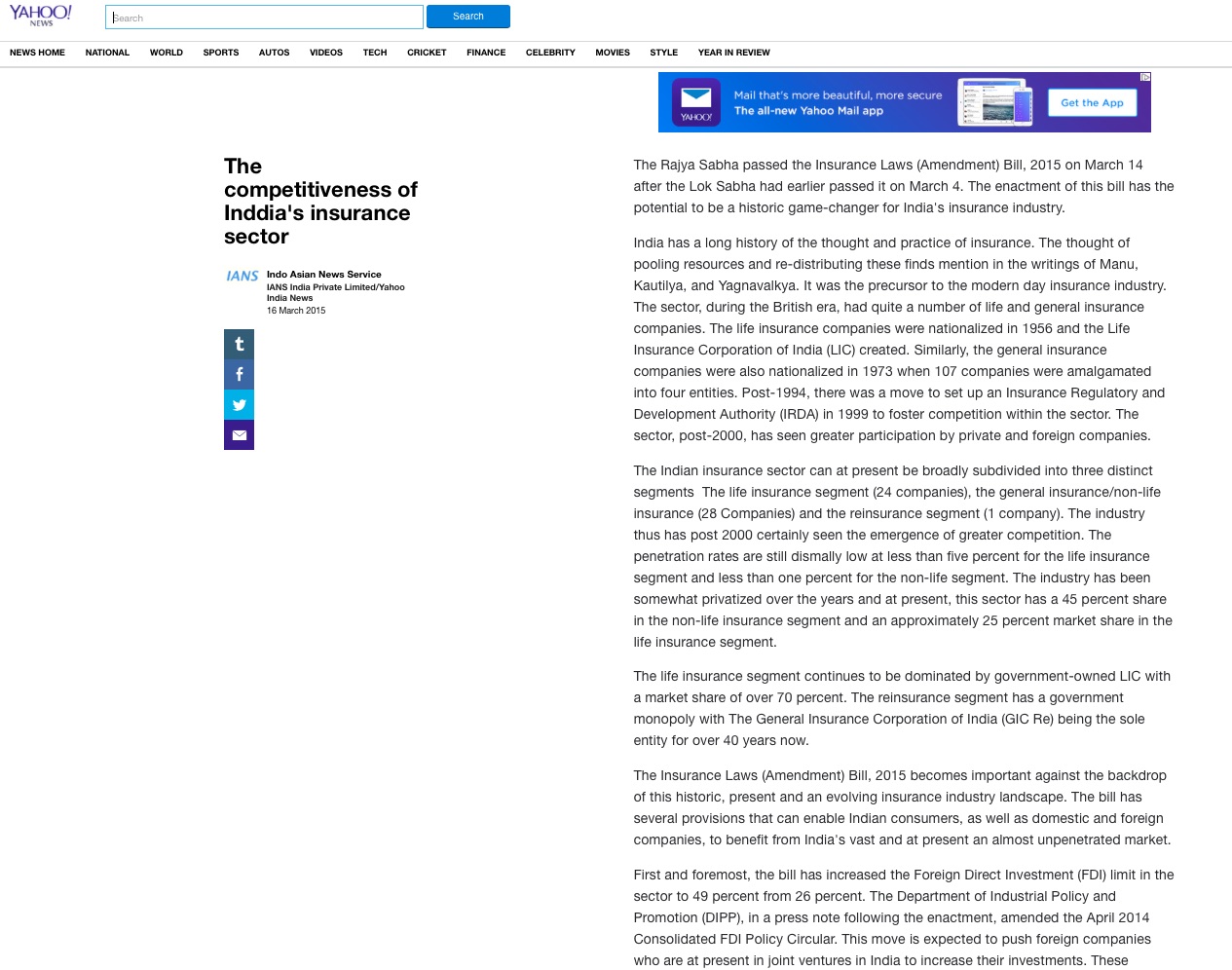For a country that is increasingly garnering attention for its economic potential and capacity to shape the future, a crucial question needs to be posed – what’s going to be the source of India’s energy to drive economic growth? Here, ‘energy’ encompasses both its literal sources and its metaphorical significance in propelling development. Why is this question important? While energy lies at the heart of the climate crisis, given that fossil-fuel based energy production has a lion’s share in the total greenhouse gases, energy also holds the key to addressing the climate change challenge. This is why a commitment to reduce emissions is invariably accompanied by a goal of transitioning energy systems. India has articulated its clear commitment to reach net zero emissions by 2070 and meet 50% of its electricity requirements from renewable energy sources by 2030. As per the International Renewable Energy Agency (IRENA) estimates, renewable energy can and should be the source of around 90 percent of the world’s electricity by 2050. A report prepared under the Indian G20 Presidency estimates an annual investment requirement of over USD 4 trillion for the world, with a high share of renewable energy (RE) in the primary energy mix. India is driving efforts towards achieving its RE goals. Greater dependence on renewable energy sources will it only reduce our dependence on energy imports but also help decouple emissions from economic growth. Among a slew of initiatives, the National Green Hydrogen Mission, PLI Scheme for High Efficiency Solar PV Modules, Green Energy Corridor – Inter-State Transmission System for 13 GW RE Projects in Ladakh, are few that stand out. While the goals are set, and action pathways clear, we must be mindful of the challenges that might come our way.
As is true about most things in India, taking a look through a regional perspective is essential given the variations prevalent at the state level even in the renewable energy sector. Renewable energy penetration varies greatly across different states in India, highlighting the need to consider regional variations in the country’s ambitious energy plans. According to IEA estimates, in India’s ten renewables-rich states, including Tamil Nadu, Karnataka, Gujarat, Rajasthan, Andhra Pradesh, Maharashtra, Madhya Pradesh, Telangana, Punjab, and Kerala, the share of solar and wind energy significantly surpasses the national average of 8.2%. Regional variations underscore the importance of tailoring renewable energy strategies to suit the specific characteristics and potential of each state. While some states may have favorable conditions for solar energy due to abundant sunlight, others might benefit more from wind energy resources. By recognizing and harnessing these regional variations, India can optimize its renewable energy deployment efforts, accelerate its transition to cleaner energy sources, and achieve its ambitious renewable energy targets more effectively. Moreover, a regionally focused approach can also foster local economic development and job creation.
Yet another aspect that greater reliance on renewable energy brings into the picture is intermittence or variability of energy supply due to the very nature of renewables. This highlights the need to have adequate energy storage infrastructure. As per the National Electricity Plan (NEP 2023), energy storage capacity of 16.13 GW Is required by the year 2026-27. A report released by India’s Ministry of Power, titled the National Framework for Promoting Energy Storage Systems, highlights the necessity of energy storage for India, indicating a requirement of 336 gigawatt-hours of storage by 2030.The Indian power sector is set to witness some massive transformations. The NEP 2023 notes the significant addition to the power sector sourced through renewable energy. Our system must be equipped to deal with the implications of the renewable energy-based capacity addition. To deal with variability of energy supply, robust energy storage systems will be of essence. These systems, by storing excess energy, can ensure regularity of supply. Going beyond infrastructure and capacity expansion, it is important to understand and prepare for the impact of this renewable energy transformation on people and livelihoods. A sectoral transformation is inevitably accompanied by new opportunities. As per a report by CEEW-NRDC and Skill Council for Green Jobs titled ‘India’s expanding clean energy workforce’, 52,700 new workers were added in project development roles in FY22 in the solar and wind energy sectors, indicating additions eight times more than those in FY21. With more expansion of renewable energy capacity in the future, an even greater surge in jobs is expected in the sector. The IEA World Employment report 2023 notes a surge in clean energy jobs globally, particularly in China. However, it highlights concerns about skilled labor shortages, as reported by 160 energy firms surveyed worldwide. An assessment and understanding of the human capital requirements of the renewable energy industry in India can lead to immense socio-economic benefits from a clean energy transition and create a pool of skilled talent for the future. Insufficient training for clean energy jobs will not only result in a shortage of skilled labor for the industry but also signify a loss of potential economic opportunities for individuals. To this end, investing in vocational training programs and educational initiatives tailored to the renewable energy sector will not only ensure the availability of skilled labor but also empower individuals with the opportunity to participate in the green economy.
The initiatives underway to ramp up India’s renewable energy capacity are promising. To bring them to fruition, it is essential to understand the real-time implications of renewable energy integration in the future. The country’s efforts to ramp up grid infrastructure, storage capacity, and formulate tailor-made energy policies for states, will accelerate transition to a clean, affordable and accessible energy future.
The article was published with Financial Express on March 23, 2024.

